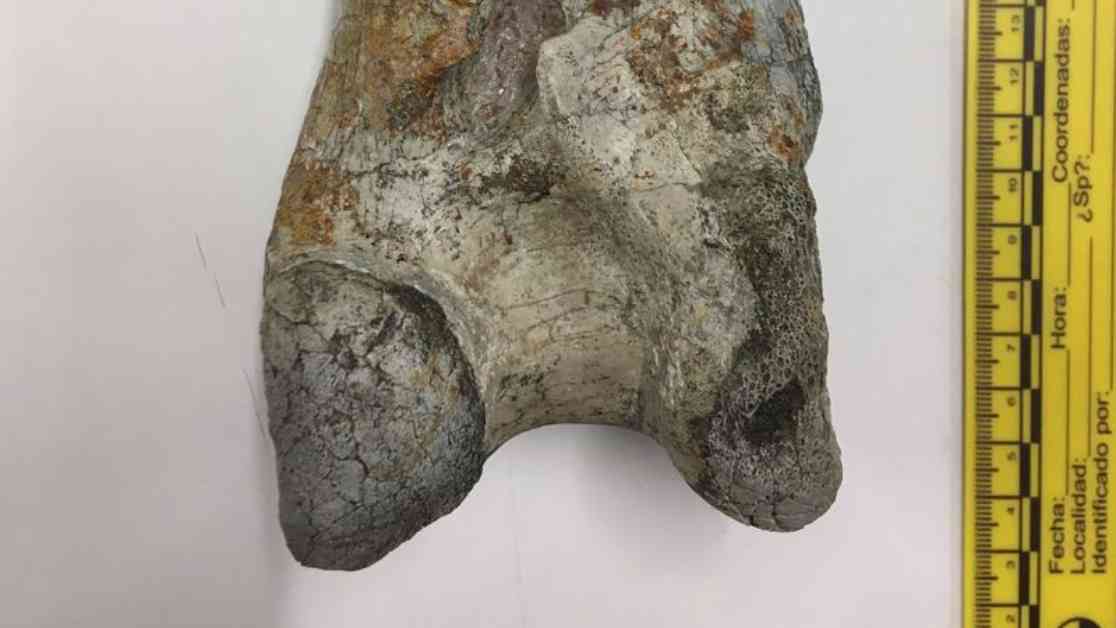Millions of years ago, large, fierce “terror birds” roamed the Americas as top predators. Recently, scientists made a groundbreaking discovery by unearthing one of the largest terror birds ever found. This new species lived about 12 million years ago in Colombia and would have stood over 8 feet tall and weighed around 344 pounds, making it a giant among its South American counterparts.
Most terror bird fossils come from Argentina, with species ranging from 11 to 220 pounds. However, this new discovery dwarfs them all. The bone was found in the Tatacoa Desert nearly two decades ago, but it wasn’t until recently that researchers identified it as belonging to a terror bird. This finding bridges a geographical gap in terror bird discoveries, shedding light on their ability to thrive in diverse habitats.
The terror bird from La Venta gives insight into the predator-prey relationships and ecological balance of its tropical habitat. The ecosystem during the Miocene Period was lush and filled with large animals like hoofed mammals and crocodiles. The discovery also raises questions about the bird’s extinction and how they evolved to be so massive. Researchers hope to find more parts of the skeleton to understand the evolution of these fascinating creatures.
While terror birds were formidable predators, they were not immune to environmental changes that may have led to their extinction. The Miocene period saw significant shifts in climate and geography, factors that researchers are still trying to understand. The discovery of this new species in Colombia opens up possibilities for finding more terror bird fossils in other South American locations like Chile, providing valuable insight into these ancient creatures.
This discovery adds to the ongoing research on terror birds and their role in the prehistoric ecosystems of South America. Understanding their evolution, size, and interactions with other species can provide a glimpse into the natural history of the region. The study of terror birds continues to fascinate scientists and may unlock more mysteries about these avian giants.













